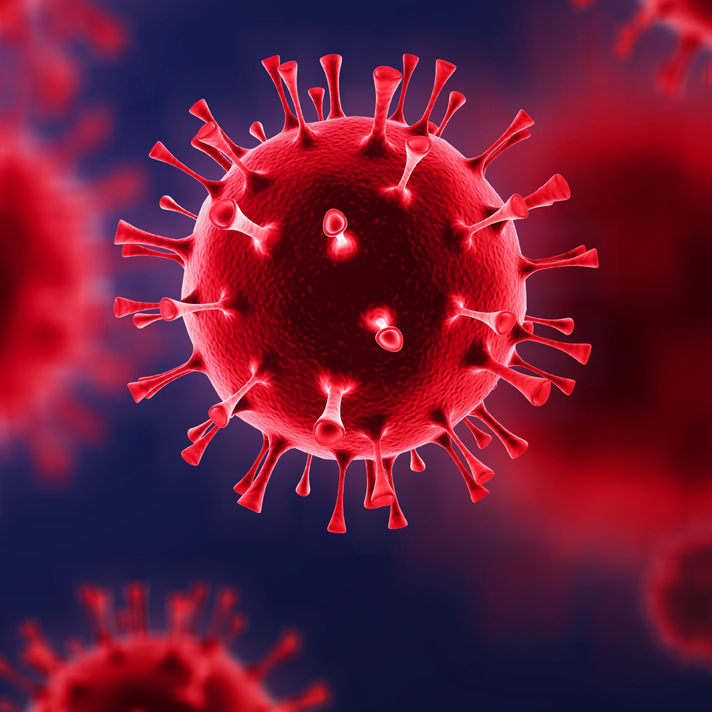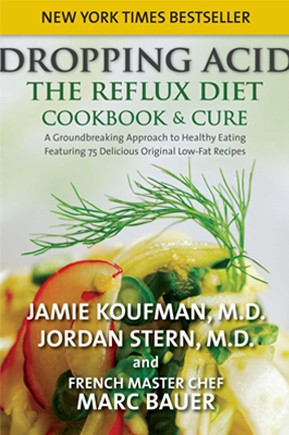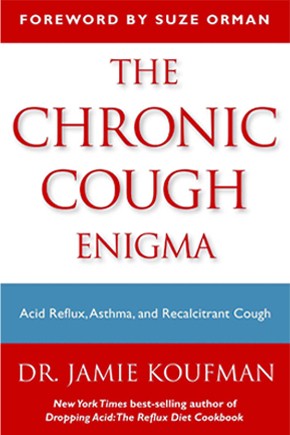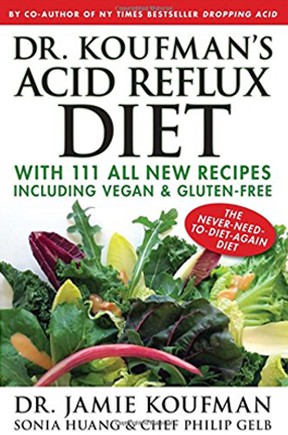At-A-Glance
- Yes, if you have acid reflux, you ARE more likely to get the flu.
- Conversely, if you get the flu, your acid reflux is likely to worsen.
Join Facebook Live with Dr. Koufman at noon EDST on the first Wednesday of each Month. If you miss it live, you can see it on YouTube.
Are My Acid Reflux Symptoms Worse After the Flu?
For years, patients have reported that their reflux symptoms worsen after recovering from the flu. This seems particularly true for those who experience chronic cough. Many find that a lingering cough can persist for weeks or even months after catching the flu, Covid, or any other upper respiratory infection.
While the exact mechanism hasn’t been proven, there’s evidence to suggest that respiratory reflux damages the lining of the throat, leaving it more vulnerable to penetration by viruses. Let’s explore the connection between acid reflux and the flu and how these two conditions might aggravate each other.
What Are Post Flu Acid Reflux Symptoms?
Common symptoms reported after the flu include chronic postnasal drip, a persistent cough, and hoarseness. These issues often linger long after the virus has cleared, frustrating patients who thought their reflux was on the mend. Some individuals also report nasal congestion and sinus symptoms.
If you already suffer from heartburn, GERD, or respiratory reflux, you may notice that your symptoms—particularly heartburn—intensify, especially later in the day. While the exact link between esophageal symptoms and the flu remains unclear, the pattern is consistent enough to suggest a strong connection. Clinically, it’s common for acid reflux to flare up following any upper respiratory infection.
Does Having Acid Reflux Make Me More Likely to Get the Flu in the First Place?
Acid reflux, particularly respiratory reflux, damages the lining of the esophagus, weakening the immune defenses of the mucous membranes lining the respiratory tract. This compromised immunity makes it easier for viruses to penetrate and multiply. As a result, individuals with reflux are more susceptible to influenza and other respiratory viruses.
Some people with severe reflux report recurrent infections throughout the year. This susceptibility is only manageable with proper control of the reflux condition.
A Real-Life Example
One of my patients, a 58-year-old English professor, came to my practice with complaints of postnasal drip and frequent viral infections. He mentioned that he fell ill an average of five times a year. After three months of addressing his reflux through lifestyle changes and dietary adjustments, his symptoms were under control. Five years later, he reported that he hadn’t had the flu or any other respiratory infection during that time.
This case highlights how controlling reflux can significantly reduce susceptibility to viral infections. The vulnerability likely depends on the degree of tissue damage caused by reflux. Adults who frequently get the flu or experience multiple upper respiratory infections annually should consider that acid reflux contributes to their condition.
What Can I Do?
If you’ve had the flu and your reflux worsens, consider these seven measures for a minimum of 10 days to promote healing and reduce symptoms:
- Stay Hydrated: Drink at least 64 ounces of water daily.
- Use a Vaporizer: Adding moisture to the air in your bedroom can soothe irritated respiratory membranes.
- Time Your Meals Wisely: Finish eating at least five hours before bedtime to minimize reflux.
- Avoid Fast Food and Spicy Foods: These can trigger or worsen reflux symptoms.
- Avoid Alcohol and Carbonated Beverages: Both can increase reflux episodes.
- Incorporate Alginates: Take a dose of an alginate product like RefluxRaft or Gaviscon after each meal. These non-medicinal remedies, derived from seaweed, form a protective barrier against reflux. Note that alginates must be ordered online as they aren’t available in U.S. pharmacies.
- Chew Sugar-Free Gum: Especially after eating meals, gum stimulates swallowing and helps clear reflux from the esophagus.
Conclusion
The relationship between acid reflux and upper respiratory infections like the flu is a two-way street. On the one hand, respiratory infections can damage the throat’s lining, exacerbating reflux symptoms. On the other, reflux can weaken the immunity of the mucous membranes, increasing susceptibility to viruses like the flu.
If you find yourself catching the flu frequently or struggling with lingering symptoms after an illness, it’s worth investigating whether acid reflux is playing a role. By taking steps to control reflux and support your respiratory health, you can break the cycle and improve your overall well-being.
For more information about diagnosis and treatment of acid reflux, see two companion books on Amazon: Dr. Koufman’s Acid Reflux Diet and Dropping Acid: The Reflux Diet Cookbook & Cure. If you would like to receive personalized guidance and strategies for lasting relief, consider scheduling an online consultation.









